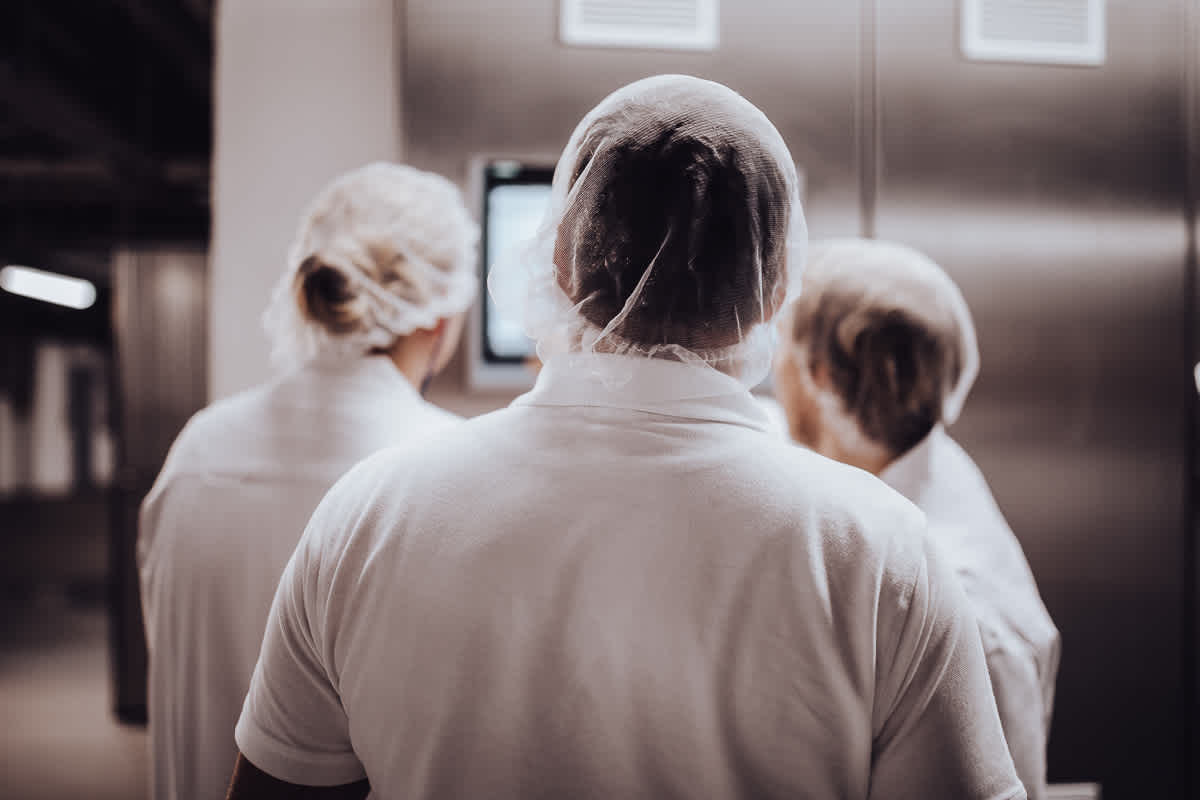Properties of Lactoferrin
Lactoferrin - a protein with many functions
Duration: 4 minutes

INTRODUCING
Lactoferrin - a protein with many functions
The main modes of activity of Lactoferrin are to regulate iron metabolism, fight harmful microorganisms, support immune cell regulation and positively affect the human microbiome.
Lactoferrin has a molecular structure which offers various binding sites for cells, pathogens, iron and other substances. It belongs to the group of Transferrins and is able to take up, distribute and release tri-valent iron. It has broad antimicrobial properties, it can inhibit the growth of pathogens by sequestering iron, or else by destroying their plasma membranes.
Lactoferrin demonstrates immunomodulatory activities, an On – Off regulation of the innate and adaptive immune cells, as well as contributing to the homeostasis (equilibrium) of the mucosal membranes.
An essential component of the immune system
Lactoferrin is part of the innate immune system of mammals, and is located in the external barriers of the body as a component of body fluids (breast milk, tears, saliva, sweat, etc.) [1,2]. In addition, it is present directly in white blood cells (immune cells) [3].
While the binding and release of iron is central to some of the biological functions of Lactoferrin [4], other activities are based on the interaction with molecular and cellular components [5-7].
Regulation and modulation of the immune system
Lactoferrin regulates the body’s immune cells (T-helper cells) so that a balance can be achieved [8,9]. The function of specific T-helper cells is particularly important for defence against viruses [10].
These immune regulating properties are explained by the ability of Lactoferrin to interact directly with receptors on the surface of immune cells [11-14] and thus positively affect both innate and acquired immunity.
For more diversity in the microbiome
The microbiome consists of about 100 trillion microorganisms and is a highly complex system. It is responsible for the effective provision of substances essential for life processes. Without a microbiome, there would be no life. Today, science is sure that most diseases of civilisation can be explained by a microbial imbalance in this non-human part of the body.
It can be assumed that Lactoferrin developed together with the human microbiome, and „learned“ to distinguish good bacteria from bad [15]. Lactoferrin does not attack beneficial microorganisms, it actually promotes their probiotic activity and, in this way, leads to a better, improved diversity within the microbiome. At the same time, the inflammatory tone is reduced – a reduced tendency to inflammation. The barrier membranes of the body are constantly interacting with the external environment which sometimes means a heavy work-load. Therefore, it is more than logical that Lactoferrin is firmly positioned there as part of the immune system’s first line of defence.